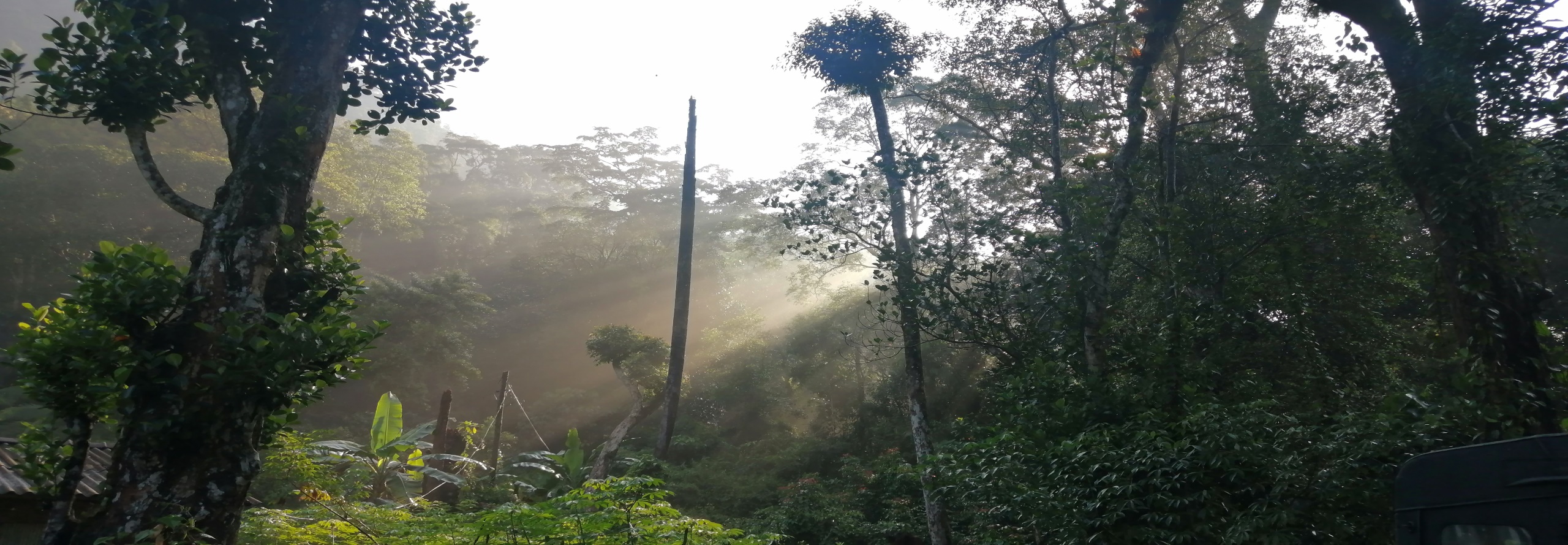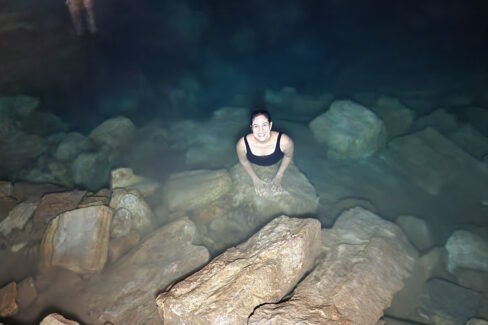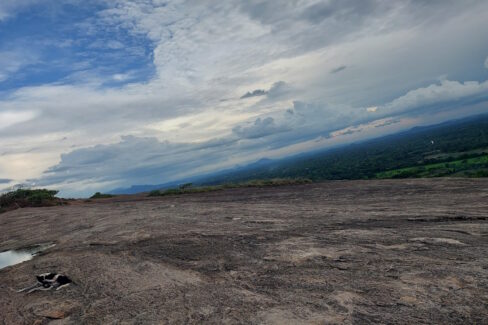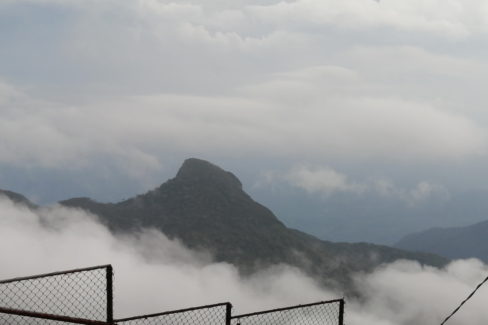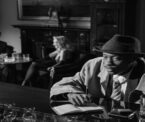My First Time to Sinharaja Rainforest in Sri Lanka
I’d never been to Sinharaja Rainforest. It’s the only rainforest in Sri Lanka and you can go there in less than 3 hours from Colombo. Still it did not feature on the hot list of visit spots for me and even my family. We knew its worth. We knew it had to be protected. And so when we heard of news of a road and hotel coming up in there (courtesy the greedy politicos of the country), we decided we must go check out the forest.
I had heard stories of clumps of leeches falling onto people in there. I can assure you that leeches are probably my least favourite creatures. I doubt anyone truly has an affection for them. However, after several trips in the recent past to leech infested kingdoms, I felt Sinharaja would be doable.
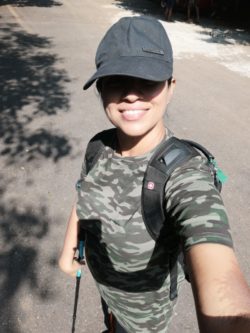
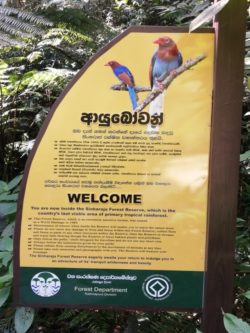
We set off on an early Saturday morning and arrived at the main entrance from the Kalawana side. See, Sinharaja is huge. Once upon a time it extended far wider than what is left today. But clearing it for ‘civilisation’ and basic human inhabitation and invasion has rendered it to a small corner of the Southwest of Sri Lanka. It’s still pretty huge, covering 36,000 hectares. A biodiversity hotspot with many endemic trees and animals it is a UNESCO World Heritage Site which they assume started somewhere during the Jurassic period. Yep, it’s millions of years old.
Our trek was to a Mulawella Rock and we were accompanied by a guide (you cannot go in there alone) named Nadeeka who is one of the few female guides at the forest. She is from the village closeby and was quite knowledgeable on the birds and trees though she did not speak much. When we started, a group of Sri Lankan youth were also entering in. They had come with a drum. Luckily the officials did not let them take it into the forest. Who the hell goes into a rainforest with a drum?? Bloody fools who don’t understand that noise is a form of pollution. You wanna play drums and have a ‘jolly’ time, do it at home. Honestly.
The trail was lovely. We started along a concrete and granite road which led to the main gate entrance, somewhere close to someone called Martin’s bungalow. Martin apparently was a pioneer in getting the forest protected from early times. From here the gates led into the forest – a trail that was lined with trees on either side, bird and cricket sounds. There were lots of ferns and as we went in deeper, we came upon many beautiful plants. Pitcher plants full of fluid and insects, beautiful ‘pus wel’ and colourful bright pink and purple leaves and a pathway littered with fallen leaves was what led us to the Mulawella trek. The route was a decent climb – not hard if you are used to hiking. There were rocky bits here and there and the use of a hiking stick was much appreciated especially to avoid slipping and sliding (something yours truly greatly fears). The pathways were also crisscrossed with roots from the trees and there were boulders along the path. I was curious to know if there were any prehistoric caves in there. I did not see any cut drip ledges on this path so doubt this area had any habitation but who knows. Leeches of course were our companions along the way but they weren’t too bad actually. I have encountered worse in the Knuckles and Meemure areas. The leech socks helped but the fellows found their way onto our stomachs and backs for some reason. Citronella oil and Sanitiser spray helped dispel the pesky fellows.
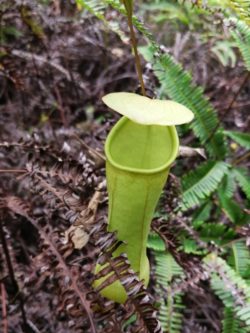
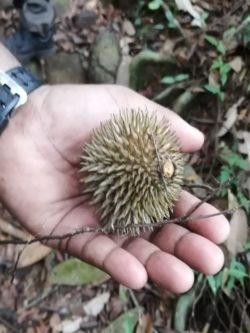
The last bit of the rock climb leads to a peak with a metal fence on top and we sat up there and took in the beautiful view. It was about 1600 metres above sea level. There was the smell of bat droppings – possibly from a small cave closeby. We stayed for a bit and as it was starting to get gloomy, we descended along the same way. We did encounter wild Durian which is like a mini version of the actual fruit and Bovitiya plants with their fruits en route to ripening. We also encountered a pit viper – a Hypnale hypnale known as ‘Kuna katuwa’ which is one of the most poisonous snakes around. Luckily none of us were bitten though he was clearly not pleased that we meandered along his path.
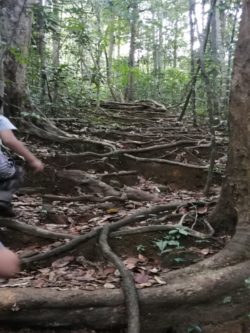
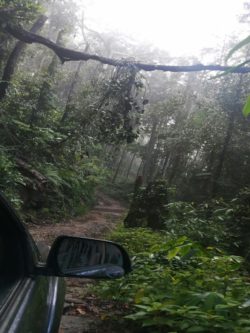
Of the birds, we saw the endemic Orange Billed Babbler, the Sri Lanka Drongo, Ashy Headed Laughing Thrush, a Paradise Fly Catcher, the Ceylon Blue Magpie and a Malabar Trojan.
We finished the trek around 3pm and headed to the bungalow where we were staying – Jansen Bungalow in Kalawana. It’s a gorgeous little place – quaint with a colonial style appeal and lots of tastefully decorated nooks – book nook, China porcelain nook etc. The rooms were comfy and there were little sitting areas arranged outside. The view is fab as it’s on a hilltop facing the forests with its mists and green trees.
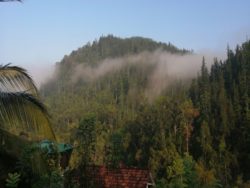
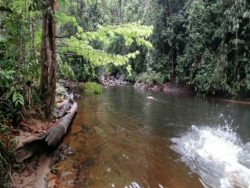
The next morning we headed on a bird watching mission with Thilak the ‘bird whisperer’. He was very nice and very good at finding so many birds. We waited to see the Ashy Headed Laughing Thrush, Spotted Thrush, a Ceylon Myna, the Yellow Fronted Barbet and went through a thicket to see a pair of Owlets through binoculars and scrambled down some mad underbrush to see a Frog Mouthed Owl. The walk through was beautiful and the houses we stopped in to view birds and enjoy some tea with Kithul jaggery were full of the Sri Lankan hospitality that we are known for. The places were beautiful and that morning was well spent.
In the afternoon we headed to the natural pool (a flowing stream) at the bottom of Jansen Bungalow which had beautiful greeny water that was also clear and cool. It was a lovely spot and a lovely dip.
Headed home in the evening, stopping to enjoy egg roti, hot wadeys and hoppers with ginger tea. Simple yet tasty, heartwarming and bloody cheap compared to Colombo.
I will be visiting Sinharaja again. It’s a beautiful place and I wish that more people understood its value.

